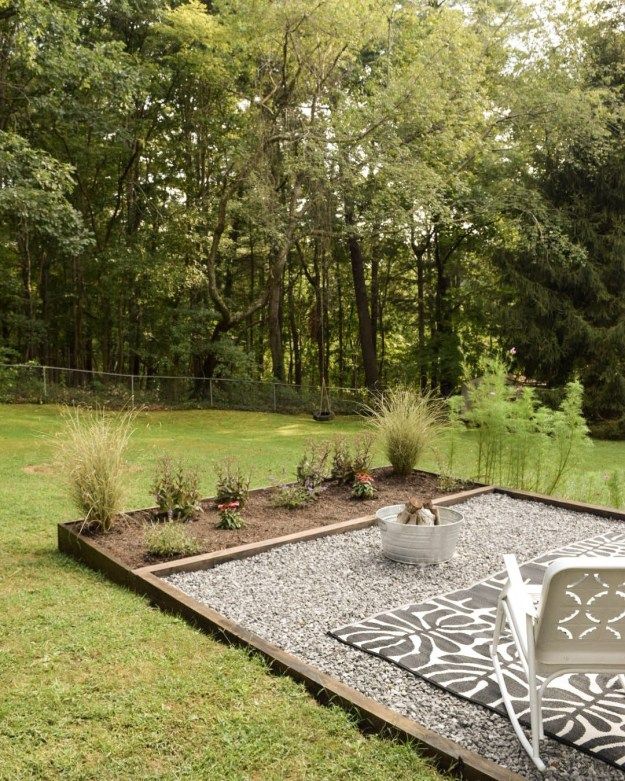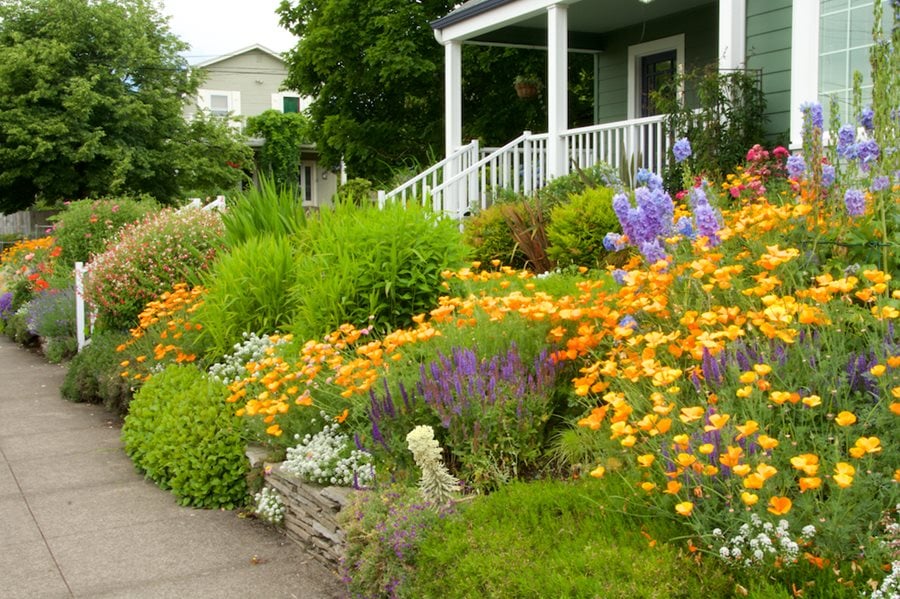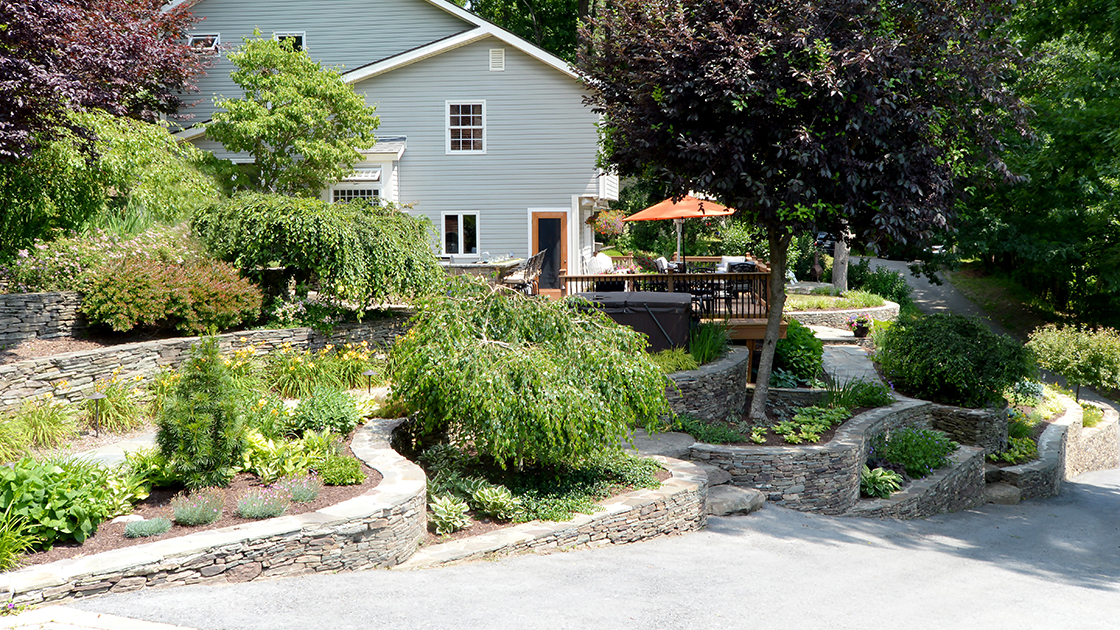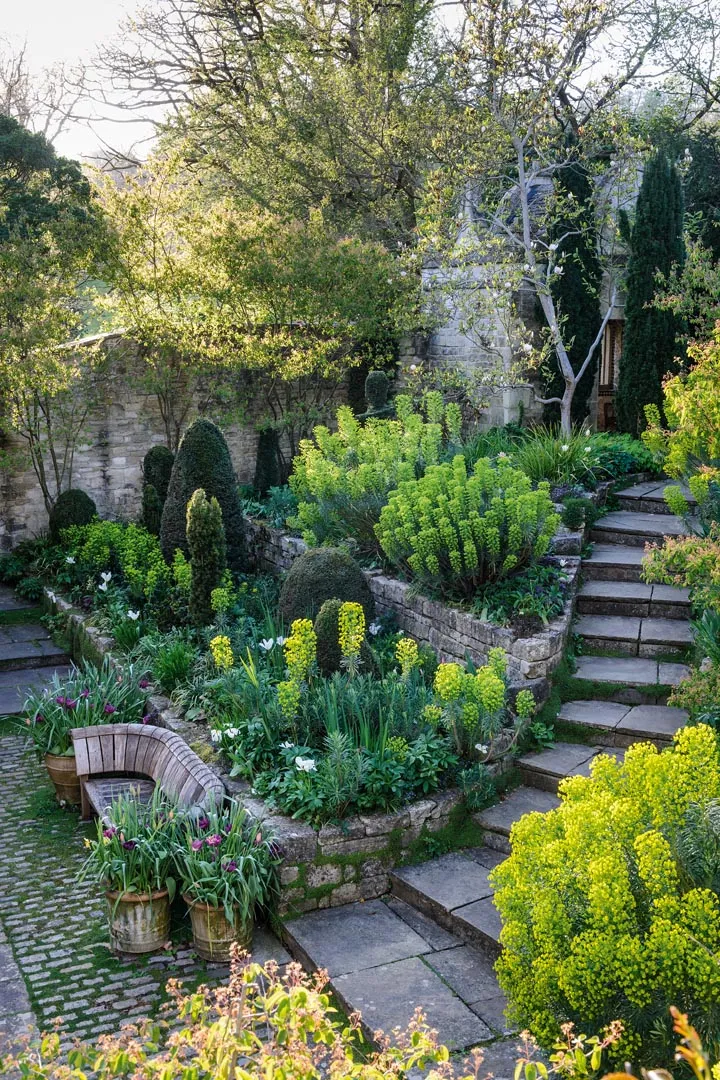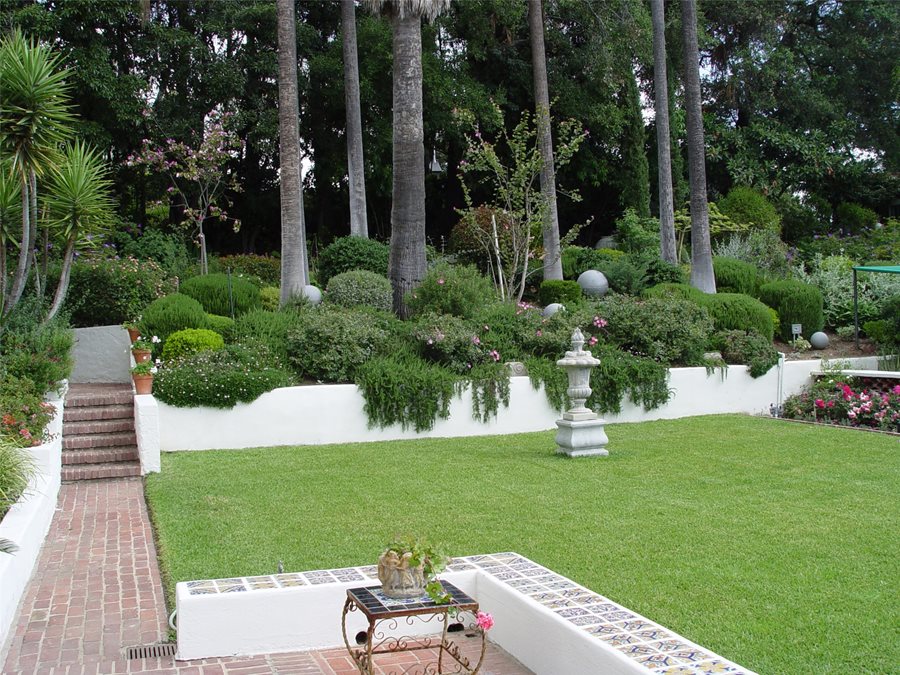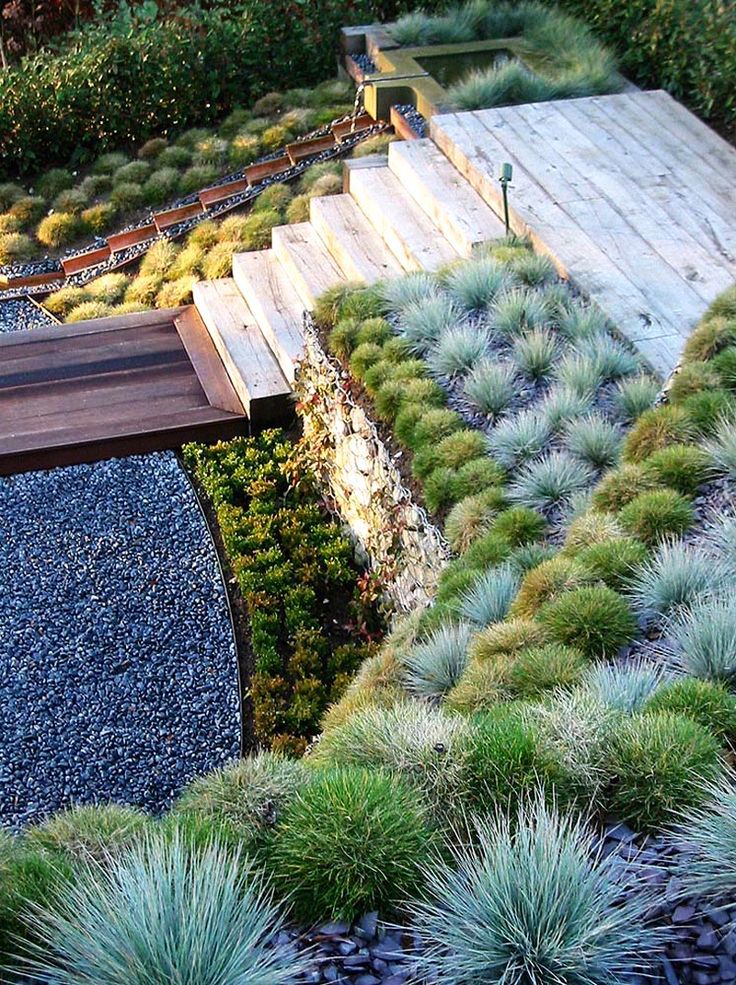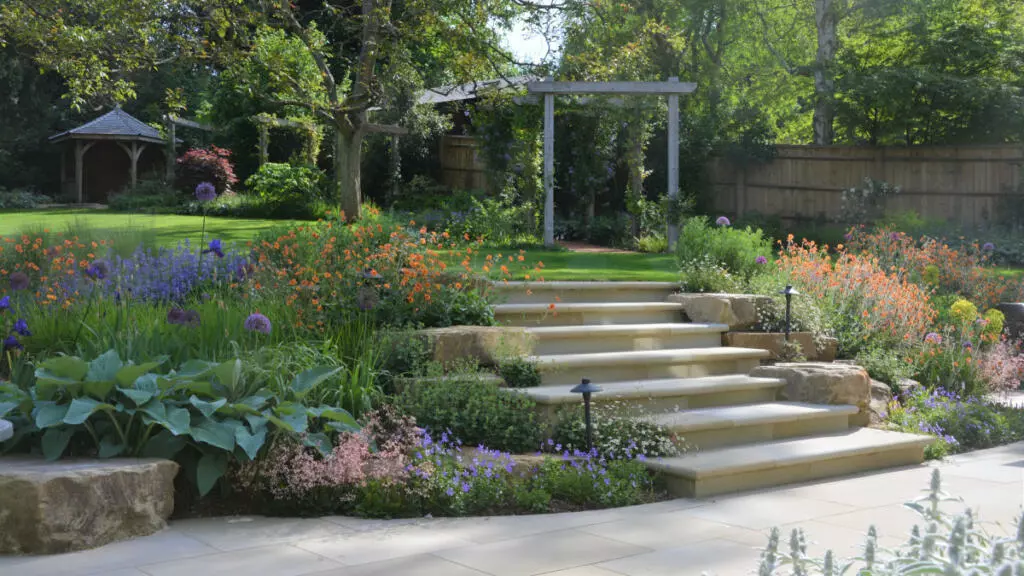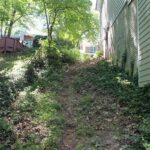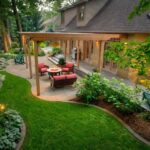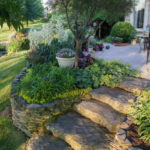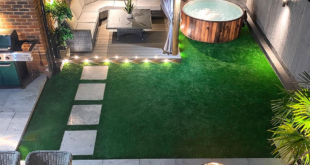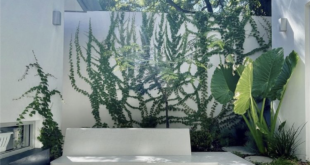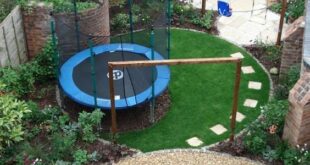A sloping backyard can present both challenges and opportunities when it comes to designing and landscaping. While it may require some extra planning and effort, a sloped yard has the potential to be transformed into a beautiful and functional outdoor space. By carefully considering the unique characteristics of a sloping landscape, you can create a backyard that is not only visually appealing but also makes the most of the natural topography.
One of the key factors to consider when designing a sloping backyard is erosion control. As water runs downhill, it can cause soil to erode and plants to wash away. To prevent this, it is important to include measures such as terracing, retaining walls, and drainage systems in your design. Terracing involves creating multiple levels or flat areas on the slope, which not only helps to stabilize the soil but also creates distinct zones for different activities such as dining, lounging, and gardening. Retaining walls can be used to hold back soil and create usable space, while drainage systems such as French drains or swales can help to redirect water away from the slope.
Another consideration when designing a sloping backyard is the selection and placement of plants. Plants that are well adapted to the slope, such as ground covers, ornamental grasses, and shrubs with deep root systems, can help to prevent erosion and stabilize the soil. In addition, incorporating a variety of plant types and heights can create visual interest and enhance the natural beauty of the slope. Consider using native plants that are suited to the local climate and soil conditions, as they will require less maintenance and watering.
In terms of hardscaping, there are a variety of options for creating functional and attractive features in a sloping backyard. Patios, decks, and pathways can be built to provide level areas for seating, dining, and outdoor activities. Steps, ramps, and staircases can be used to connect different levels of the yard and provide easy access to each area. Other hardscape elements such as pergolas, arbors, and outdoor kitchens can enhance the beauty and functionality of the space.
When it comes to furniture and décor, consider the scale and proportion of the elements you choose. For example, smaller pieces of furniture may be more suitable for a smaller sloped area, while larger pieces may work better in a larger space. Use colors, textures, and materials that complement the natural surroundings and create a cohesive look throughout the backyard.
In conclusion, designing a sloping backyard requires careful planning and consideration of the unique challenges and opportunities presented by the landscape. By incorporating erosion control measures, selecting the right plants, and integrating hardscape elements thoughtfully, you can create a backyard that is not only visually stunning but also functional and enjoyable. With the right design approach, a sloping backyard can become a beautiful and inviting outdoor space for relaxing, entertaining, and connecting with nature.
 innstyled backyard design ideas
innstyled backyard design ideas
